We are in uncharted waters where Trump is criminalizing free speech even as he has ended Israel’s genocidal war, for now.


We are in uncharted waters where Trump is criminalizing free speech even as he has ended Israel’s genocidal war, for now.
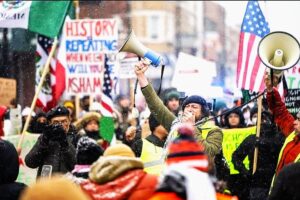
The actions sponsored by the left wing of the Democratic Party and the NGOs have been lethargic and unfocused. We are going to have to look elsewhere for viable resistance.
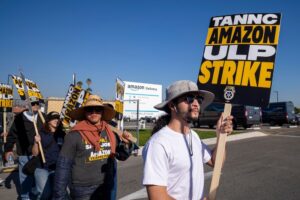
The Teamsters called for strike action at eight locations across four states, that included Amazon centers in Queens and Staten Island New York, Atlanta, Southern California, San Francisco, and in Skokie, Ill, where they claim to represent the drivers or the warehouse workers through elections or card check.
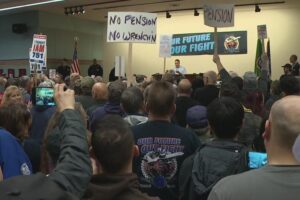
The Boeing strikers voted, by a 64% majority, on October 23 to reject the company’s latest contract proposal. This is a significant development in the most important workers’ struggle in the country today.

The strike is now in its fourth week and appears to be holding the line. Picket lines are lively and well attended. Food, wood, and other picket line supplies are being provided. There is $250 a week strike pay. Members of other unions have been joining the line to express solidarity. The highly technical nature of the work will make finding sufficiently trained scabs hard.
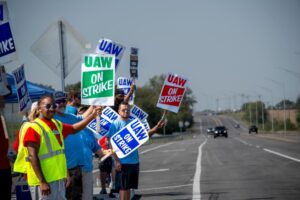
There is something in the air. You can feel it in something as simple as the amount of honking as people drive by picket lines. This was certainly the mood last summer. But this momentum needs new fresh events and struggles to sustain itself.

With the Teamsters and O’Brien coming under heavy criticism, a siege mentality has gripped the union with pressure on well-known Teamster activists to demonstrate loyalty to O’Brien.
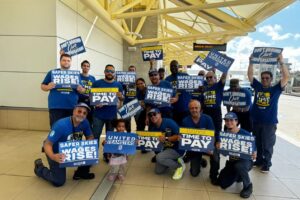
It matters whether a particular union leadership is encouraging or blocking a particular struggle. Socialists are therefore not indifferent to different trends in the union leadership and pay careful attention to them in order to chart their possible impact on our fundamental task, the battle with the employers.

There is no indication as yet that pro-Palestinian students will retreat in the aftermath of the repression they have faced—especially as Israeli genocide continues. Repression against dissent can sometimes shut it down, but it also can backfire, by radicalizing students as it did in the 1960s—by exposing the hypocrisy of U.S. rulers who claim to support free speech yet forcibly shut down those who challenge its imperial interests.
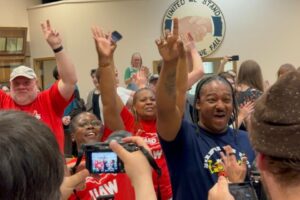
The main point to understand is that contract expirations are when the vast majority of strikes take place. If no contracts happen to expire during a particular time period, it’s pretty unlikely that many strikes will take place. It’s therefore important to look at upcoming contract expirations when attempting to chart the possible future course of the class struggle.
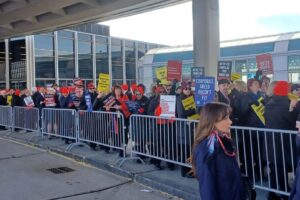
For years now, the big majority of strikes occur when the old contract expires. No major national contracts have expired since November, so there simply have not been opportunities for new strikes. However, a number of major contracts are due to expire this year.
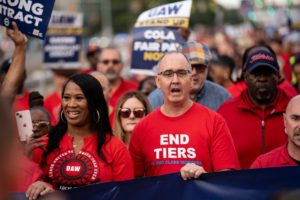
Corporate leaders have undoubtedly been keeping a close watch on the rise in working-class combativity in recent months, and they will be devising their own strategies to contest any shift in the balance of class forces that has suited them so well in the previous decades.
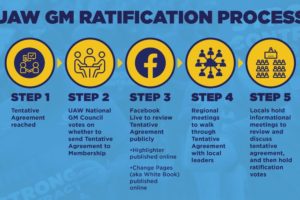
Fain expressed his hope that the union’s victory will be, “a turning point in the class war that’s been raging in this country for the past 40 years.” The contracts are consciously timed to expire on April 30, 2028. This means that the next strike could be on May Day, the international day of workers solidarity. All this is new ground in the American labor movement.
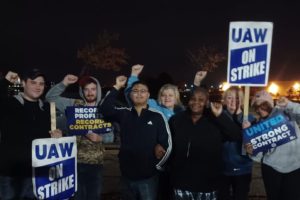
The union leadership has called for the Ford workers to return to work as quickly as possible. The picket lines are down. It will take a little time for the skilled trades to get the line and machinery up and running again. But the union has called for a prompt return to work.

On October 17, the United Auto Workers’ strike passed its thirty-third day. There are three new points that should be focused on. They are the decision to strike Kentucky Truck, Bill Ford’s attempt to do an end-run around the union leadership, and the mounting repercussions of the strike.